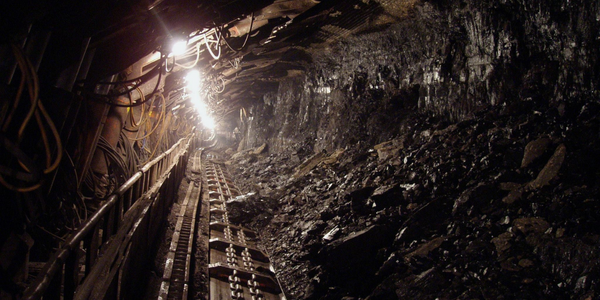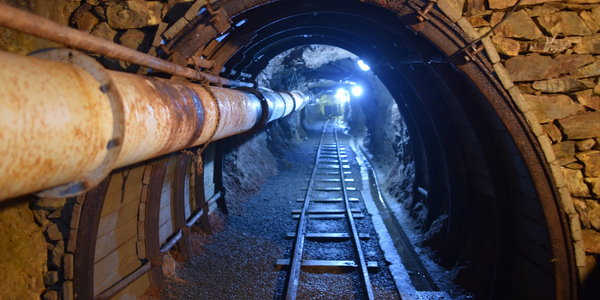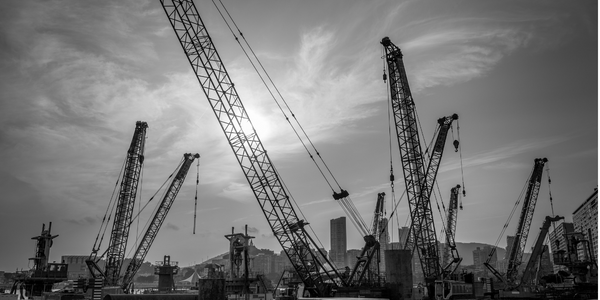Mining Liners and Spare Parts Distributor Gets More Visibility, Manages Growth with Acumatica Cloud ERP

Customer Company Size
SME
Region
- Asia
Country
- Indonesia
Product
- Acumatica Financial Management
- Acumatica Distribution Management
- Acumatica Customer Management
- Acumatica Fixed Assets
Tech Stack
- Cloud ERP
Implementation Scale
- Enterprise-wide Deployment
Impact Metrics
- Productivity Improvements
- Cost Savings
Technology Category
- Platform as a Service (PaaS) - Data Management Platforms
Applicable Industries
- Mining
Applicable Functions
- Procurement
- Sales & Marketing
Use Cases
- Supply Chain Visibility
- Remote Asset Management
Services
- System Integration
- Software Design & Engineering Services
About The Customer
PT Multi National Equipment (MNE) is a company based in Bali, Indonesia. They operate in the mining industry, specifically as a distributor of mining liners and spare parts. The company was previously using Zahir Small Business Accounting software and i.scope CRM to manage their operations. However, they were seeking an integrated ERP system that could offer more advanced functionalities and improve their overall operational efficiency.
The Challenge
PT Multi National Equipment (MNE) was previously running their business on Zahir Small Business Accounting software and i.scope CRM. However, they were in need of an integrated ERP system that could offer a range of functionalities. These included the ability to calculate pricing estimates in multiple currencies, manage the quote to order process, consolidate their shipment process, and consolidate their financial statements. The company was seeking a solution that could streamline these processes and improve their overall operational efficiency.
The Solution
MNE considered both VIENNA Advantage and industry-specific Classic Information Systems’ ERP system, but ultimately chose Acumatica. They implemented the Acumatica Financial, Distribution, and Customer Management suites with the help of Acumatica Reseller PT EMS Paramitra. PT EMS Paramitra also assisted with custom solutions for Multi Currency Quote Draft Calculation and a Consolidated Cash Flow Forecast Report. This integrated solution provided MNE with a comprehensive platform for managing their financial and CRM data, streamlining their operations and improving their visibility into key business processes.
Operational Impact
Quantitative Benefit

Case Study missing?
Start adding your own!
Register with your work email and create a new case study profile for your business.
Related Case Studies.

Case Study
Underground Mining Safety
The goal was to produce a safety system to monitor and support underground mining operations; existing systems were either too simple (i.e. phone line) or overly complex and expensive, inhibiting deployment, and providing little-to-no support in event of an accident. Given the dangerous nature of the mining work environment and the strict regulations placed on the industry, the solution would have to comply with Mine Safety and Health Administration (MSHA) regulations. Yet the product needed to allow for simple deployment to truly be a groundbreaking solution - increasing miner safety and changing daily operations for the better.

Case Study
Mining Firm Quadruples Production, with Internet of Everything
Dundee Precious Metal’s flagship mine, in Chelopech, Bulgaria, produces a gold, copper, and silver concentrate set a goal to increase production by 30%. Dundee wanted to increase production quality and output without increasing headcount and resources, improve miner safety, and minimize cost.

Case Study
Fastenal Builds the Future of Manufacturing with MachineMetrics
Fastenal's objective was to better understand their machine downtime, utilization, quality issues, and to embrace cutting-edge manufacturing technology/process improvement capabilities to bring their team to the next level. However, there was a lack of real-time data, visualization, and actionable insights made this transition impossible.

Case Study
Joy Mining Systems
Joy equipment faces many challenges. The first is machine integration and control. The business end of the machine has a rapidly-spinning cylinder with 6-inch diamond-studded cutting teeth. It chews through rock at rates measured in tens of tons per minute. The system grinds through the rock in front, creating a rectangular mine tunnel. Hydraulic lifters support the ceiling as the machine moves forward. Automated drills and screws drive 3-ft long screws into the ceiling to stabilize it. The rock and coal fall into a set of gathering "fingers" below the cutting cylinder. These fingers scoop up the rock and coal and deposit it onto a conveyor belt. The conveyor passes under the machine and out the back. A train of conveyor belt cars, up to a mile long, follows the cutter into the mine. The rock shoots along this train at over 400 feet per minute until it empties into rail cars at the end. Current systems place an operator cage next to the cutter. Choking dust (potentially explosive), the risk of collapse and the proximity of metal and rock mayhem make the operator cage a hazardous location.

Case Study
Improved Monitoring in Industrial Manufacturing Facility
When your crane is moving tons of magma-hot iron, you can’t afford an unexpected failure. McWane Ductile knew monitoring the crane motor metrics within their facility could help prevent a mechanical failure that would strand an enormous bucket of molten metal overhead. Unfortunately, their legacy wired monitoring system couldn’t work with moving objects in this extreme environment. If they could integrate wireless capabilities into their existing equipment they could extend their monitoring capabilities without starting over from scratch.







